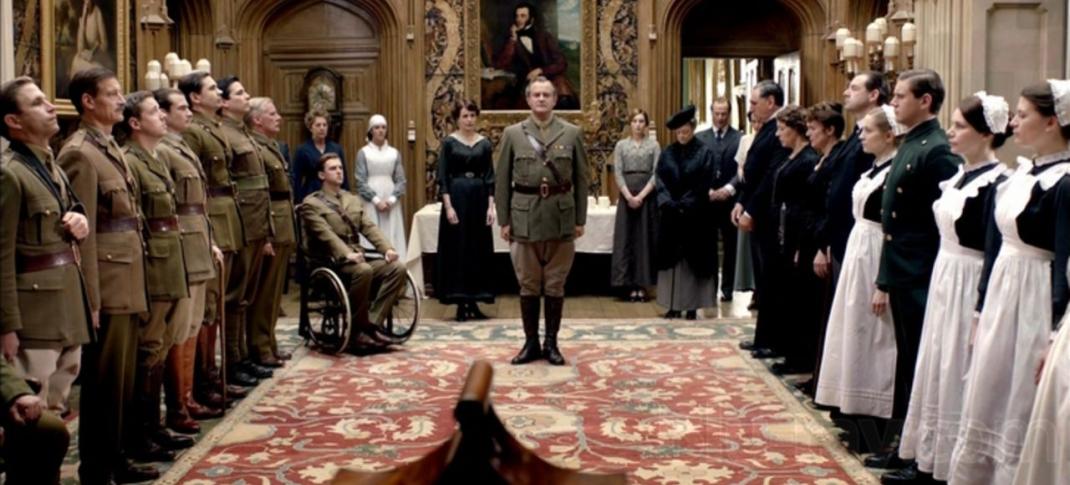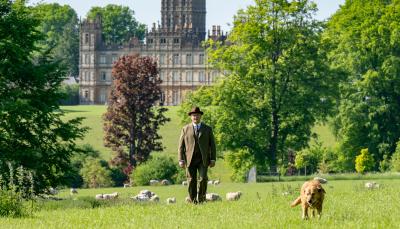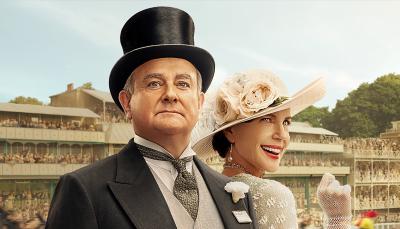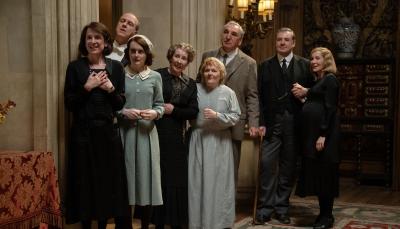Remembering The 100th Anniversary of Armistice Day

This weekend, the world celebrates the 100th anniversary of what is now known as Veterans Day.
Robert: Cease fire will begin at eleven o'clock on the morning of the eleventh of November.
Mrs. Patmore: Why can't it begin now?
Thomas: The eleventh of the eleventh seem pretty tidy to me.
Here in America, awareness of Veterans Day rises and falls with the country's war status. Currently, it is mostly used to mark the continuation of the Iraq War, and to thank those who still go overseas for their service. But the military remembrance day is actually a legacy of the first World War, and the date springs from the decision by the European powers-that-be to call a cease-fire at 11:11 a.m. on 11/11/1918.
Americans didn't lose that many in the war - relative to the European powers - partly because we didn't enter until the 11th hour anyway. (And it speaks volumes that 116,708 U.S. dead is a relatively minor body count in the scheme of things.) So it's not surprising that over the century between then and now, the date has slowly reappropriated itself in this country to whatever war is at hand, from World War II to Vietnam to today. But in the U.K., and all over Europe for that matter, November 11th has remained Remembrance Day, and it maintains its World War I roots. Poppies, the symbol of the Great War, have never gone out of fashion. There are no World War I veterans currently still living, but the corpses of the European monarchy system and the British Empire are still there for all to see, and it makes it very hard to forget.
The last major PBS show to recreate the time period of World War I was Downton Abbey. Though it was a fictionalized story, many of the real world components of the time period made their way into the series. Highclere Castle, which stands in for the series' titular house, really was converted into a working hospital and convalescent home for soldiers during the war. When touring the house during the Heroes of Highclere event last September, one of the drawing rooms was presented as the room used as an operating theater.
Unlike the story of Downton, where the hospital was basically pushed upon the Granthams, Robert and Cora, and embraced by their daughters, Highclere's transformation was spearheaded by Almina, the 5th Countess of Carnarvon. She recognized that if she didn't volunteer to do it, someone else would come along and decide how the estate would be put to war use. By turning it the place into a hospital and rest home, she managed to control what happened to their family's house and even was able to apply to keep the gardeners and workers from being conscripted into service. The Carnarvons needed them, after all, to run the house and the gardens, and feed all the extra mouths taken in.

This weekend, most local PBS stations will run their usual Masterpiece shows on November 11th. But for those looking for World War I Remembrance Day content, the BBC is doing Remembrance Week across all four stations and their multitude of radio programs, the latter of which Americans can stream via the iPlayer. Coverage of the Remembrance Day commemorations at the Cenotaph in Whitehall will be braodcast via both tv and radio, as well as special editions of Antiques Roadshow and Countryfile. On BBC.com, a new digital experience entitled Armistice Day will be up. There, users can explore what they might have done during the war. All coverage will be hashtagged #LestWeForget, for those who want to follow along on social media or check out some of the digital uploads on YouTube.




